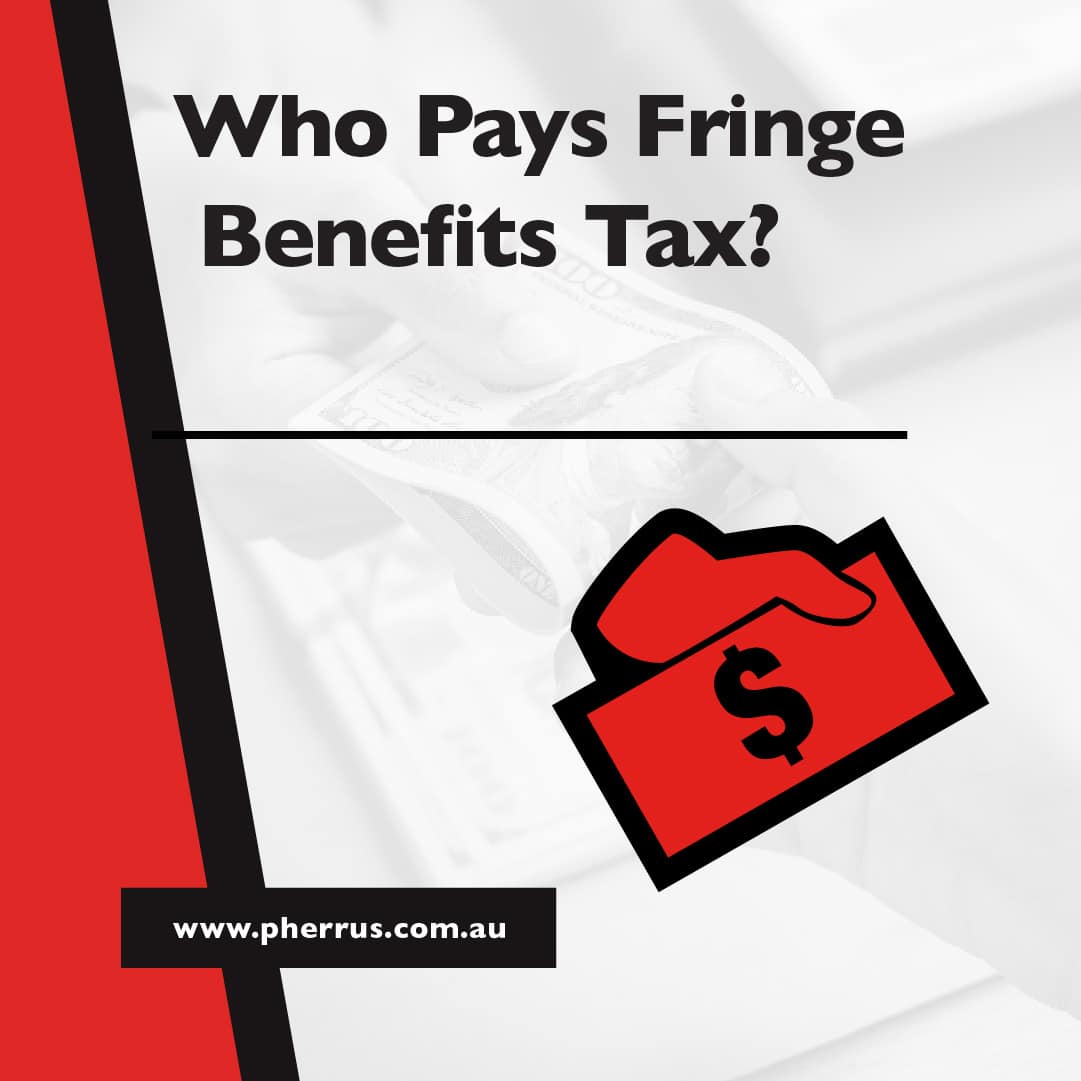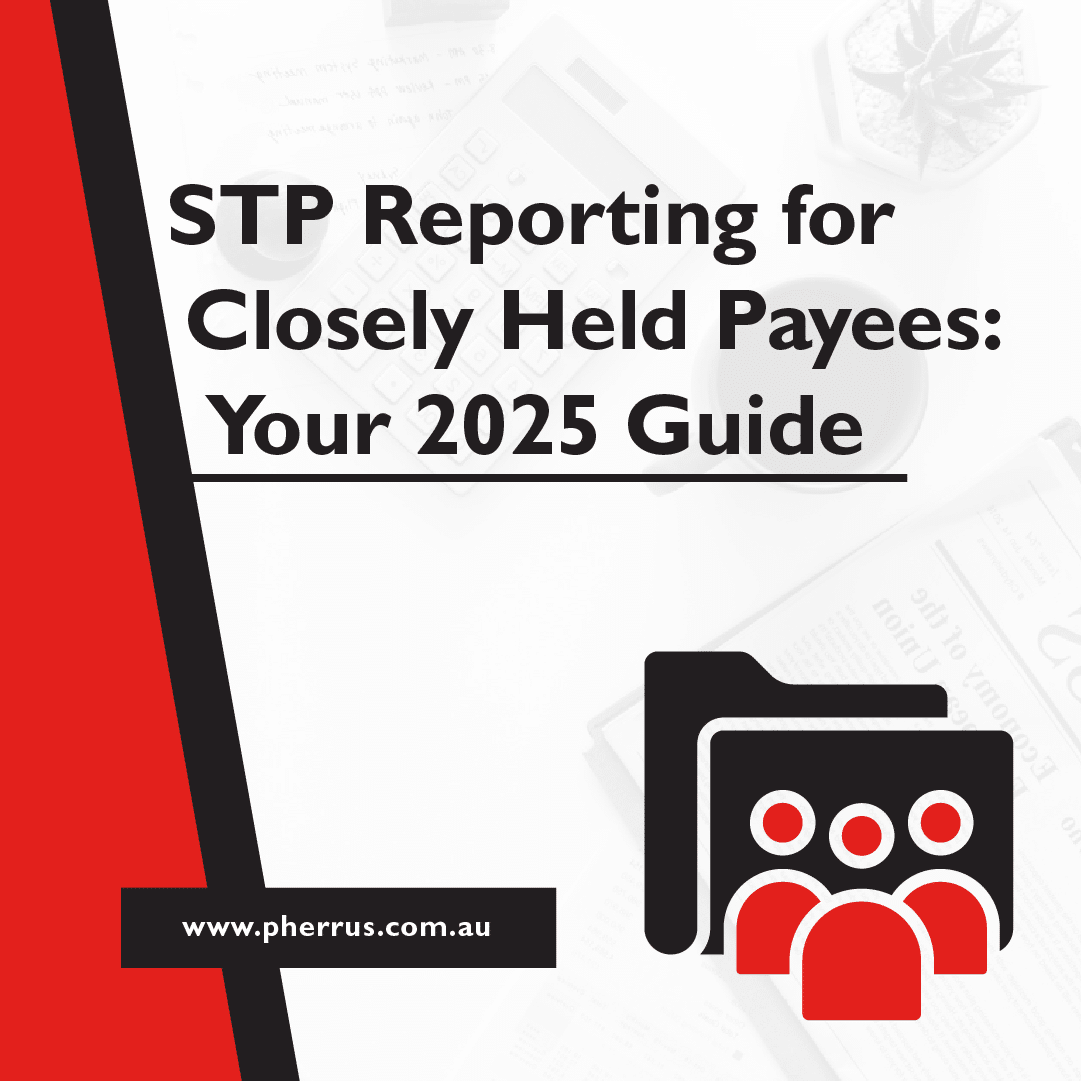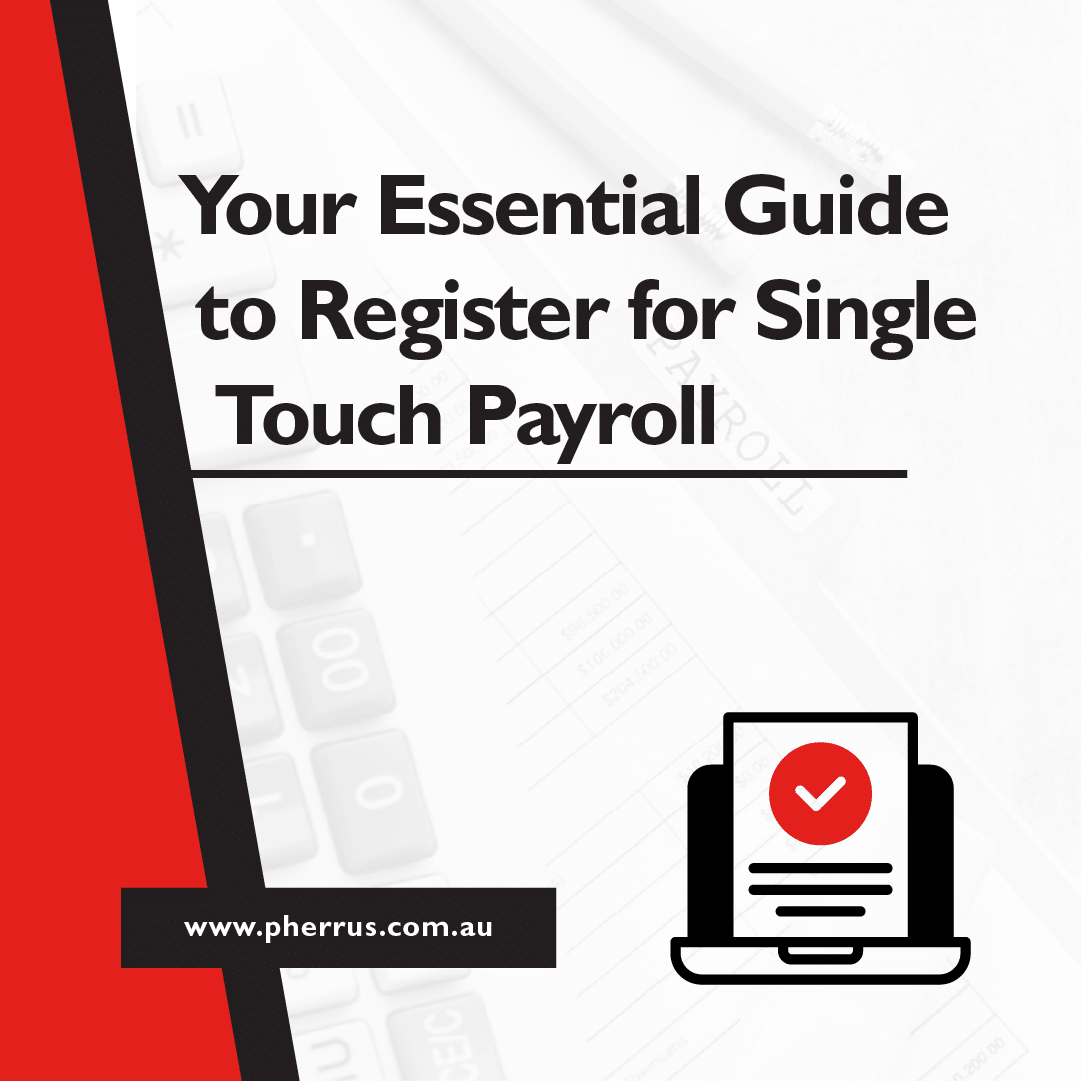Fringe benefits tax (FBT) is paid by employers on certain benefits they provide to employees. These benefits include non-salary ‘payments’ to employees – such as gym membership payments, discounted loans, or reimbursements for expenses incurred by the employee.
Sometimes these benefits may also be given to the employee’s family or other associates. FBT is payable by the employer even if it is supplied by a third party. Employers are in charge of figuring out how much FBT they owe for the year and filing an FBT return.
This article answers other frequently asked questions related to who pays fringe benefits tax, including when the fringe benefits tax was introduced in Australia and how FBT is calculated.
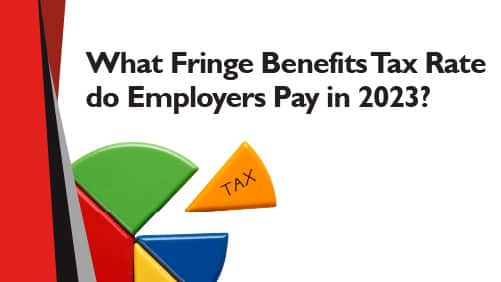
What fringe benefits tax rate do employers pay in 2023?
The FBT rate employers are required to pay in 2023 is 47%. This will remain the FBT rate until March 31, 2023.
However, FBT is only payable after ‘grossing up’ a benefit. This is done so that the benefit matches the gross salary an employee would have to make before taxes in order to buy the benefits their employer offers.
The “grossing up” of a benefit means that an additional amount of money known as a “gross up” is added to a payment to cover the income taxes the recipient owes on the payment. Employers are required to add a gross-up rate to their FBT rate when assessing FBT payable.
There are two different types of gross-up rates. The first is the Type 1 (higher) gross-up factor, which currently stands at 2.0802. This rate is used when the employer is eligible for a goods and services tax (GST) credit because GST was used to pay for an employee benefit.
A GST credit can be claimed for any price you incur for things used in your business, yet you must be registered for GST to benefit from it. An example of a benefit that may fall under this rate includes a computer.
The second gross-up rate is the Type 2 (lower) gross-up factor, which is 1.8868. This rate is applicable where the employer is not entitled to GST credit or where GST is not included in the price of the benefit.
An example of a good or service that falls under the Type 2 rate is rent. This is because rent is not subject to GST, meaning this rate will always be applied.
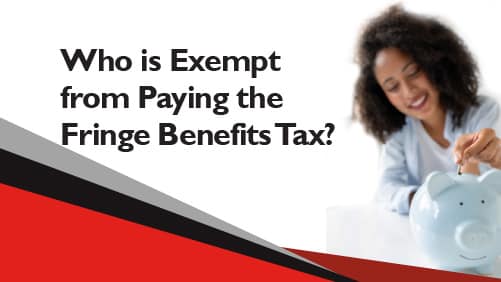
Who is exempt from paying the fringe benefits tax?
When it comes to who pays fringe benefits tax in Australia, health promotion charities, public benevolent institutions (PBIs) and hospital and ambulance services are exempt subject to a cap.
The Australian Tax Office (ATO) must agree that these services are exempt from FBT before they can be used. The exemption allows these organisations to provide salary packages that attract and retain employees and prospective talent.
The exemption for public and non-profit hospitals and public ambulance services is currently capped at $17,000 of fringe benefits per employee.
Comparatively, registered public benevolent institutions and registered health promotion charities come with a $30,000 cap per employee.
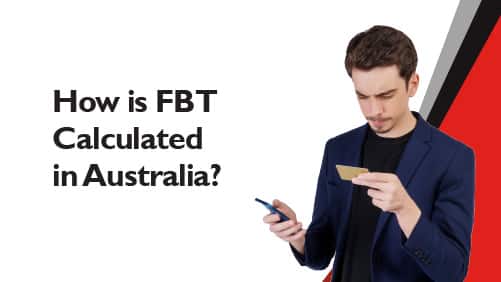
How is FBT calculated in Australia?
The basic calculation for determining FBT payable is:
FBT payable = Taxable value of benefit x Gross up factor x FBT rate
The taxable value of a benefit is calculated per the valuation rules. The gross-up factor refers to the information outlined above on Type 1 and Type 2 factors, and the FBT rate is 47%.
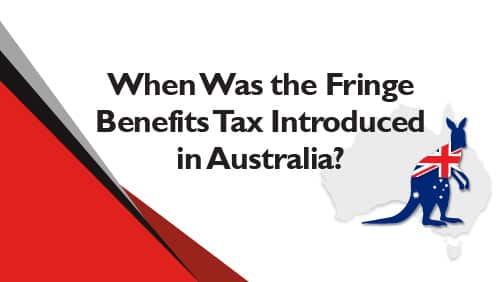
When was the fringe benefits tax introduced in Australia?
The FBT was first introduced in Australia in 1986 to allow the ATO to receive tax on payments made to employees outside of their salary or wages.
Before its introduction to Australian law, organisations provided non-salary benefits to employees tax-free, and there was little to no obligation to make these benefits related to their employment.
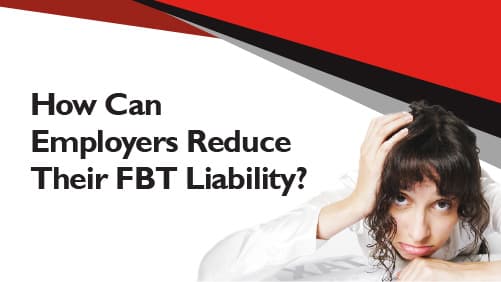
How can employers reduce their FBT liability?
Now that you understand who pays fringe benefits tax, there are various ways employers can reduce their FBT liability, including:
Providing benefits that are income tax deductible: Some benefits are tax deductible if paid for by the employees themselves.
Some benefits are tax deductible if paid for by the employees themselves. Examples include self-education expenses, travel costs, and clothing and laundry costs.
Providing a cash bonus: Providing employees with a cash bonus rather than a benefit means you can forego having to pay FBT. Instead, the employee will pay income tax on the cash bonus amount.
Using employee contributions: Some organisations ask employees to contribute towards their accumulated fringe benefit costs. Valuation rules stipulate that the fringe benefit can be reduced by the amount of the employee contribution.
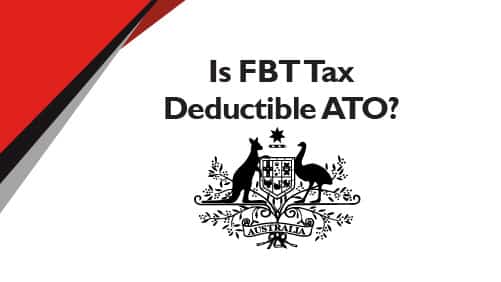
Is FBT tax deductible ATO?
Yes, employers can claim an income tax deduction for the costs of providing fringe benefits and the FBT they pay. They can also claim GST credits for goods and services provided as employee fringe benefits.
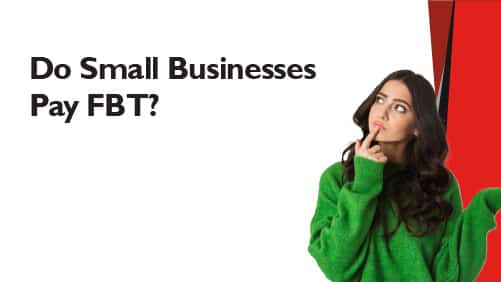
Do small businesses pay FBT?
When it comes to who pays tax on fringe benefits, some start-ups and small businesses believe they are exempt. However, contrary to popular assumptions, small businesses are required to pay FBT. The tax is levied against any employer that provides benefits to employees in respect of their employment.
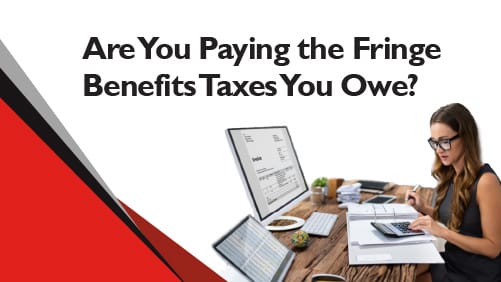
Are you paying the fringe benefits taxes you owe?
Hopefully you now understand a bit more about fringe benefits tax and who pays. FBT can be incredibly complex to calculate and work out, meaning that some businesses run the risk of underpaying them. Pherrus is a tax account consultancy providing comprehensive advice and solutions to businesses across all sectors and industries.
Contact us today for more information on who pays fringe benefits tax or for help ensuring your business is FBT compliant.


